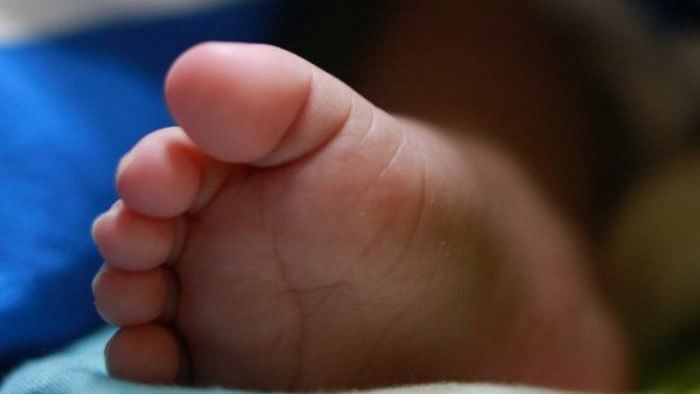
Even though India's overall decline of fertility rate has been encouraging, there are wide inter-regional variations with five states still not having achieved replacement-level fertility of 2.1 -- the rate at which a population exactly replaces itself from one generation to the next -- according to the National Family Health Survey-5.
These states are Bihar (2.98), Meghalaya (2.91), Uttar Pradesh (2.35), Jharkhand (2.26) and Manipur (2.17), according to the NFHS-5 conducted from 2019-21.
According to the report, India has made significant progress in population control measures in recent times with the Total Fertility Rates (TFR), an average number of children per women, further declining from 2.2 to 2 at the national level between NFHS-4 and 5.
Poonam Muttreja, Executive Director of Population Foundation of India, said, "Considering the huge population size and profound demographic diversity in the country, context-specific policy and progammes will be needed for states, passing through different stages of the demographic transition."
"The country needs to prioritise investment in providing quality sexual and reproductive health information and services, education, skill building and gender equality initiatives for the young population. Our experience shows that targeted social and behaviour change communication campaigns can address social norms, harmful practices, promote male engagement in family planning,” she said.
Between 1992-93 and 2019-21, the TFR declined from 3.4 to 2. The TFR among women in rural areas has declined from 3.7 in 1992-93 to 2.1 in 2019-21. The corresponding decline among women in urban areas was from 2.7 to 1.6.
The TFR varies from a low of 1.4 children per woman among Buddhists/Neo-Buddhists to a high of 2.4 children per woman among Muslims. The Muslim community's fertility rate, however, remains the highest among all religious communities, with the Hindu community following at 1.94 in NFHS-5.
In all NFHS surveys, irrespective of place of residence, the fertility rate peaks at age 20-24, after which it declines steadily, the report said.
The number of children per woman declines with women's level of schooling. Women with no schooling have an average of 2.8 children, compared with 1.8 children for women with 12 or more years of schooling.
The report also found that the neonatal mortality rate declined from 49 deaths per 1,000 live births in the five years before the 1992-93 NFHS survey to 25 deaths per 1,000 live births in the five years before the 2019-21 NFHS survey.
The neonatal mortality rates in the five years before the 1998-99 survey, 2005-06 survey, and the 2015-16 survey were 43, 39, and 30 deaths per 1,000 live births, respectively.
The infant mortality rate declined from 79 deaths per 1,000 live births in the five years before the 1992-93 NFHS survey to 35 deaths per 1,000 live births in the five years before the 2019-21 NFHS survey.
During the same period, the under-five mortality rate declined from 109 deaths per 1,000 live births to 42 deaths per 1,000 live births. The infant mortality rate decreased by 56 per cent over a period of 28 years.
The decline in the under-five mortality rate is slightly higher than the decline in the infant mortality rate during this period.